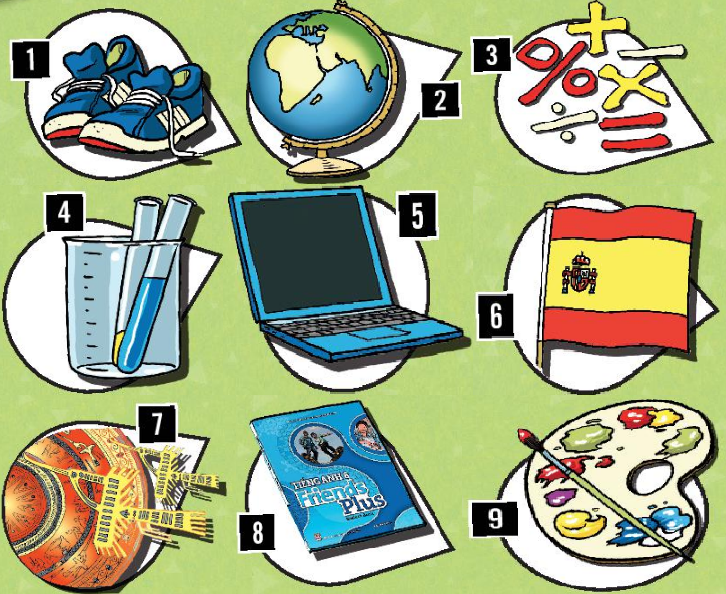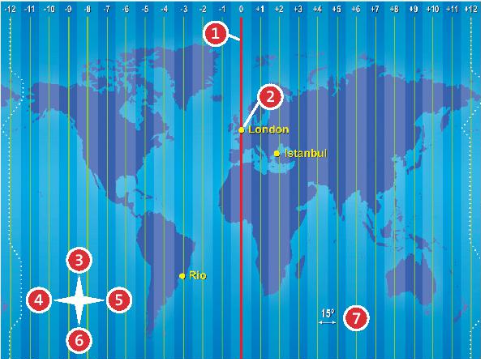1. Check the meaning of the words in the box. Then read and complete the text with the words from the box. Listen and check.
(Kiếm tra nghĩa của các từ trong khung. Sau đó đọc và hoàn thành đoạn văn với các từ trong khung. Nghe và kiểm tra lại.)
applications |
The USA invented the Global Positioning System (GPS)in the 1970s. At first, it was a military project, but now anyone can use the system to find out exactly their locations, and (1) ……………. their movements. For GPS to work, your (2) ……………. (or smartphone)must be in contact with four or more satellites inspace.
Then it uses the data to calculate the exact time and position on Earth. However, it is not enough for survival situations (escaping the jungles or deserts) because you must know your direction (which way you are moving) and your (3) ……………. (how fastyou are moving). GPS provides this information, by tracking yourposition over time.
For modern explorers, a smartphone and GPS are as important as a compass, torch and map. With the right (4) ……………. , your smartphone will help you survive.






1. track
2. applications
3. speed
4. receiver
The USA invented the Global Positioning System (GPS)in the 1970s. At first, it was a military project,
but now anyone can use the system to find out exactly their locations, and track their movements.
For GPS to work, your receiver (or smartphone)must be in contact with four or more satellites inspace.
Then it uses the data to calculate the exact time andposition on Earth.
However, it is not enough for survival situations (escaping the jungles or deserts) because you must know
your direction (which way you are moving) and your speed (how fast you are moving). GPS provides this
information, by tracking yourposition over time.
For modern explorers, a smartphone and GPS are as important as a compass, torch and map. With the right
applications, your smartphone will help you survive.
Tạm dịch:
Hoa Kỳ đã phát minh ra Hệ thống Định vị Toàn cầu (GPS) vào những năm 1970. Lúc đầu, nó là một dự án
quân sự, nhưng bây giờ bất kỳ ai cũng có thể sử dụng hệ thống để tìm ra chính xác vị trí của họ và theo dõi
chuyển động của họ.
Để GPS hoạt động, máy thu (hoặc điện thoại thông minh) của bạn phải liên hệ với bốn hoặc nhiều vệ tinh
trong không gian.
Sau đó, nó sử dụng dữ liệu để tính toán thời gian và vị trí chính xác trên Trái đất.
Tuy nhiên, điều đó là chưa đủ cho các tình huống sinh tồn (thoát khỏi rừng rậm hoặc sa mạc) vì bạn phải
biết hướng của mình (bạn đang di chuyển theo cách nào) và tốc độ của bạn (bạn đang di chuyển nhanh như
thế nào). GPS cung cấp thông tin này, bằng cách theo dõi vị trí của bạn theo thời gian.
Đối với những nhà thám hiểm hiện đại, điện thoại thông minh và GPS cũng quan trọng như la bàn, đèn pin
và bản đồ. Với các ứng dụng phù hợp, điện thoại thông minh của bạn sẽ giúp bạn tồn tại.